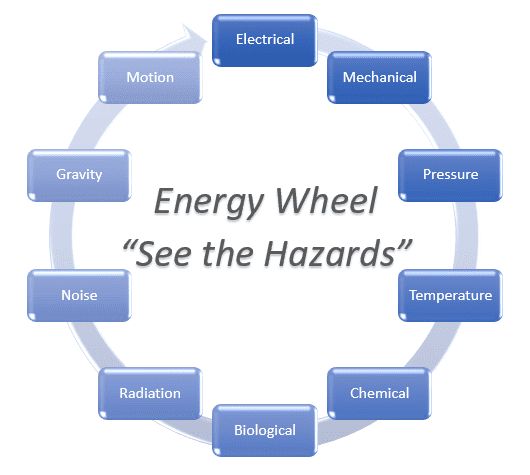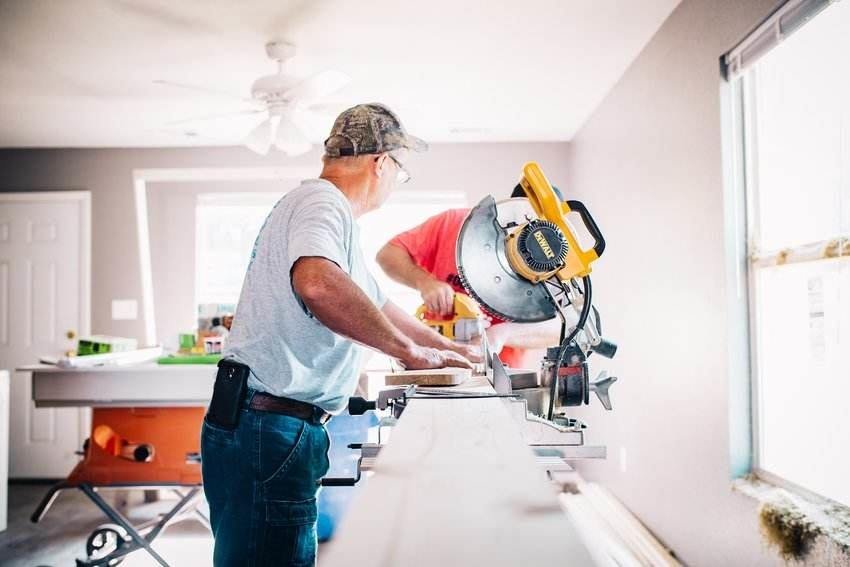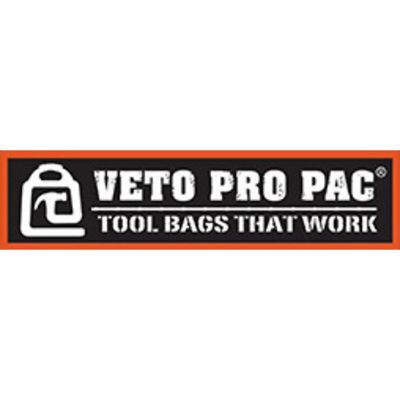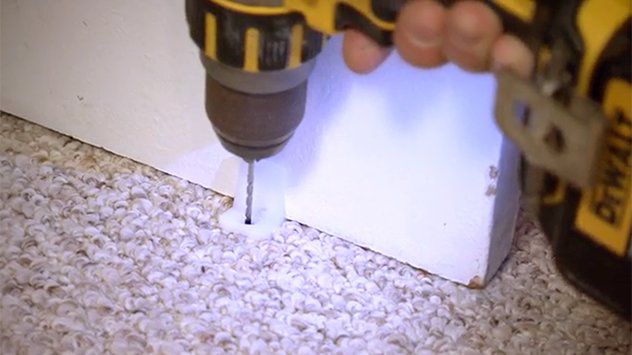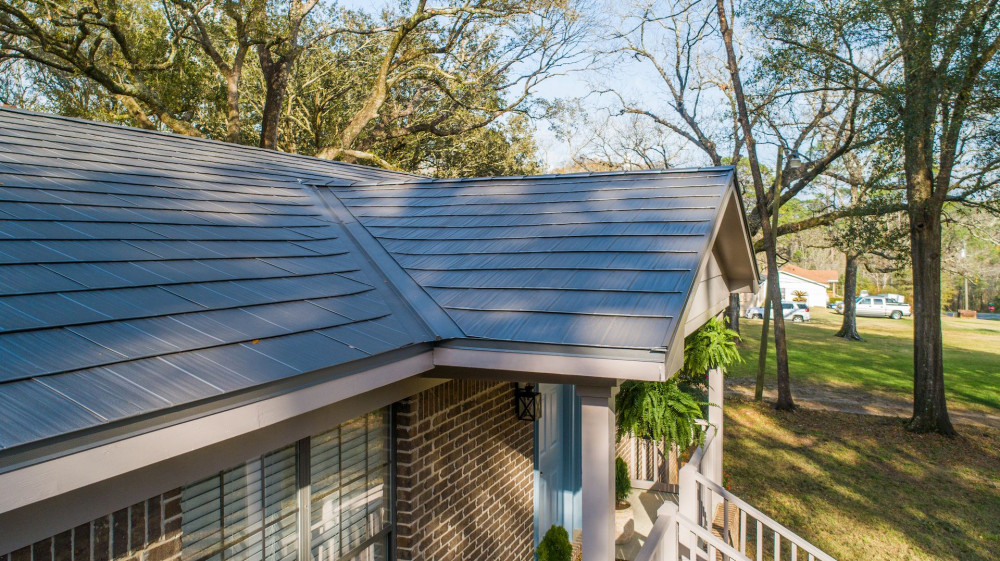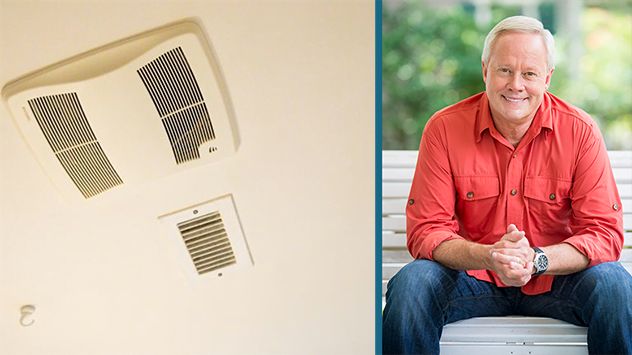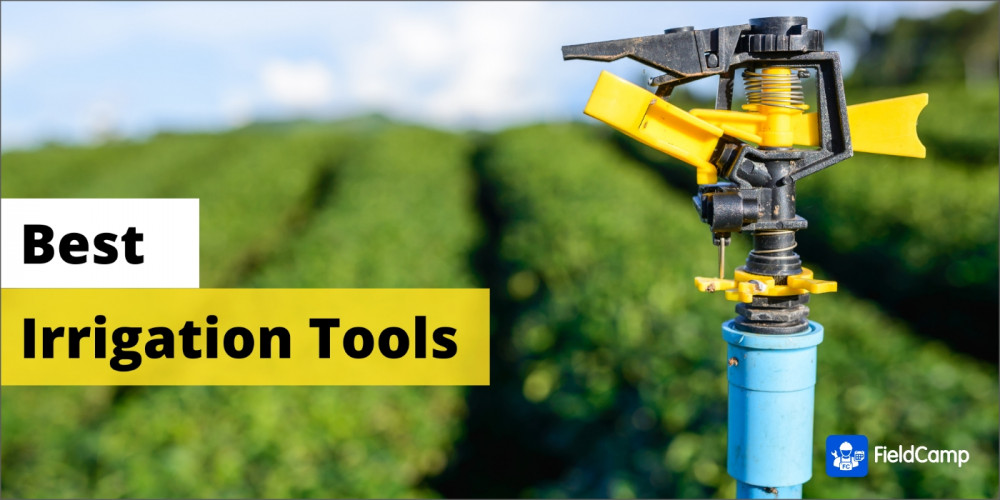Refrigeration is a process in which work is done to move heat from one location to another. The work of heat transport is traditionally driven by mechanical work, but can also be driven by heat, magnetism, electricity, laser, or other means. Refrigeration has many applications, including, but not limited to: household refrigerators, industrial freezers, cryogenics, and air conditioning. Heat pumps may use the heat output of the refrigeration process, and also may be designed to be reversible, but are otherwise similar to refrigeration units.
The use of ice to refrigerate and thus preserve food goes back to prehistoric times. Through the ages, the seasonal harvesting of snow and ice was a regular practice of most of the ancient cultures: Chinese, Greeks, Romans, Persians. Ice and snow were stored in caves or dugouts lined with straw or other insulating materials. The Persians stored ice in a pit called a yakhchal. Rationing of the ice allowed the preservation of foods over the warm periods. This practice worked well through the centuries, with icehouses remaining in use into the 20th century.
The first known method of artificial refrigeration was demonstrated by William Cullen at the University of Glasgow in Scotland in 1756. Cullen used a pump to create a partial vacuum over a container of diethyl ether, which then boiled, absorbing heat from the surrounding air. The experiment even created a small amount of ice, but had no practical application at that time.
By the 1870s, breweries had become the largest users of commercial refrigeration units, though some still relied on harvested ice. Though the ice-harvesting industry had grown immensely by the turn of the 20th century, pollution and sewage had begun to creep into natural ice, making it a problem in the metropolitan suburbs. Eventually, breweries began to complain of tainted ice. This raised the demand for more modern and consumer-ready refrigeration and ice-making machines.
With the invention of synthetic refrigerants based mostly on a chlorofluorocarbon (CFC) chemical, safer refrigerators were possible for home and consumer use. Freon is a trademark of the Dupont Corporation and refers to these CFCs, and later hydrochlorofluorocarbon (HCFC) and hydrofluorocarbon (HFC), refrigerants developed in the late 1920s. These refrigerants were considered at the time to be less harmful than the commonly-used refrigerants of the time, including methyl formate, ammonia, methyl chloride, and sulfur dioxide. The intent was to provide refrigeration equipment for home use without danger. These CFC refrigerants answered that need. In the 1970s, though, the compounds were found to be reacting with atmospheric ozone, an important protection against solar ultraviolet radiation, and their use as a refrigerant worldwide was curtailed in the Montreal Protocol of 1987.
Probably the most widely used current applications of refrigeration are for air conditioning of private homes and public buildings, and refrigerating foodstuffs in homes, restaurants and large storage warehouses. The use of refrigerators in kitchens for storing fruits and vegetables has allowed adding fresh salads to the modern diet year round, and storing fish and meats safely for long periods.
Methods of refrigeration can be classified as non-cyclic, cyclic, thermoelectric and magnetic.
In non-cyclic refrigeration, cooling is accomplished by melting ice or by subliming dry ice (frozen carbon dioxide). These methods are used for small-scale refrigeration such as in laboratories and workshops, or in portable coolers.
This consists of a refrigeration cycle, where heat is removed from a low-temperature space or source and rejected to a high-temperature sink with the help of external work, and its inverse, the thermodynamic power cycle. In the power cycle, heat is supplied from a high-temperature source to the engine, part of the heat being used to produce work and the rest being rejected to a low-temperature sink. This satisfies the second law of thermodynamics.
The vapor-compression cycle is used in most household refrigerators as well as in many large commercial and industrial refrigeration systems.
In the early years of the twentieth century, the vapor absorption cycle using water-ammonia systems was popular and widely used. After the development of the vapor compression cycle, the vapor absorption cycle lost much of its importance because of its low coefficient of performance (about one fifth of that of the vapor compression cycle). Today, the vapor absorption cycle is used mainly where fuel for heating is available but electricity is not, such as in recreational vehicles that carry LP gas. It is also used in industrial environments where plentiful waste heat overcomes its inefficiency.
When the working fluid is a gas that is compressed and expanded but doesn't change phase, the refrigeration cycle is called a gas cycle. Air is most often this working fluid. As there is no condensation and evaporation intended in a gas cycle, components corresponding to the condenser and evaporator in a vapor compression cycle are the hot and cold gas-to-gas heat exchangers in gas cycles.
Thermoelectric cooling uses the Peltier effect to create a heat flux between the junction of two different types of materials. This effect is commonly used in camping and portable coolers and for cooling electronic components and small instruments.
Magnetic refrigeration, or adiabatic demagnetization, is a cooling technology based on the magnetocaloric effect, an intrinsic property of magnetic solids. The refrigerant is often a paramagnetic salt, such as cerium magnesium nitrate. The active magnetic dipoles in this case are those of the electron shells of the paramagnetic atoms.
Other methods of refrigeration include the air cycle machine used in aircraft; the vortex tube used for spot cooling, when compressed air is available; and thermoacoustic refrigeration using sound waves in a pressurized gas to drive heat transfer and heat exchange; steam jet cooling popular in the early 1930s for air conditioning large buildings; thermoelastic cooling using a smart metal alloy stretching and relaxing. Many Stirling cycle heat engines can be run backwards to act as a refrigerator, and therefore these engines have a niche use in cryogenics. In addition there are other types of cryocoolers such as Gifford-McMahon coolers, Joule-Thomson coolers, pulse-tube refrigerators and, for temperatures between 2 mK and 500 mK, dilution refrigerators.
It may be define asHeat added to 1 ton of ice at 32° F to convert it into water of 32° F in 24 hours is known as Ton of Refrigeration or TR.OrHeat removed from 1 ton of water at 32° F to convert it into ice of 32° F in 24 hours is known as Ton of Refrigeration of TR.
